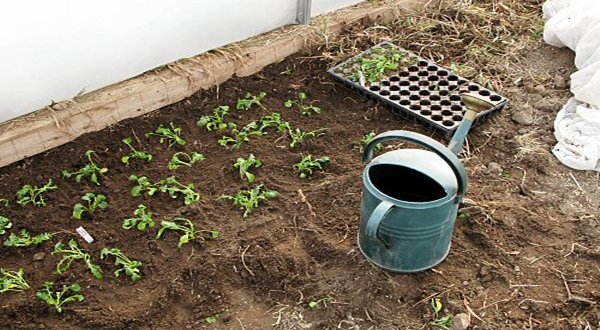And when I say, “earthy,” I mean substantial. Of value. Tangible and usable. These five on-site organic SEO tips can be held in your hand, cupped, pressed and molded onto your website. Not your run of the mill “Top 5” list. They are actually tips that are often overlooked by business owners who are handling their own website admin duties.
Keep these in mind for each piece of content you write for your website. Whether you’re writing a post or a page, these always apply and are always beneficial:
1. Give your posts titles that are keyword rich. The title tells your audience what the post is about but it’s your grand opportunity to tell the search engines, too. Your primary keywords should be part of your title, always. The length should not be more than 65 characters (the search engines truncate the title after 65). If, for some reason, your title is necessarily longer than 65 characters, be sure to place your keywords at the beginning of the title.
2. Decrease the number of subfolder or category names in your post URL. Not only does this help make an easier to read and easier to use URL, but it also optimizes the search. WordPress users know this particular perk very well because WordPress creates search-engine-friendly URLs that automatically include the post category and title. And, in keeping with the suggestion to minimize the number of subfolders or categories in your URls, WordPress also allows for custom URLs that are super search-engine-ready.
Here is an example of a bad URL: https://safehouseweb.com/subfolder1/subfolder2/subfolder3/here-is-the-post-title
The good URL would look like this: https://safehouseweb.com/subfolder1/here-is-the-post-title
Or better yet, this, without any subfolder or category at all: https://safehouseweb.com/here-is-the-post-title
3. Use hyphens in your URLs. In the above example you’ll notice the post title uses hyphens to separate the words. This allows Google and the other search engines to see spaces between the keywords or keyword phrases you have chosen to include in your post title.
4. Use keywords in your image title and alt image fields. This is a biggie. When I used “earthy” as an adjective to describe this post, it’s this particular point I had in mind.
Image title and alt image text offer another very good (and underused) opportunity to build additional keywords into your content. As with any other truly good and valuable content, be very deliberate about not stuffing your keywords into these two opportunities.
5. Ensure your post length is at least 300 characters and 50 words long. Otherwise, it will not be considered by the search engine robots as something that they think is valuable. Now, even if you think that is conceited behavior on the part of those darn robots, just let it go and concentrate on making your post titles organically sound.
Business blogging is a vital part of your online success. Using these 5 tips to improve your on-site search engine optimization will yield visible results.


